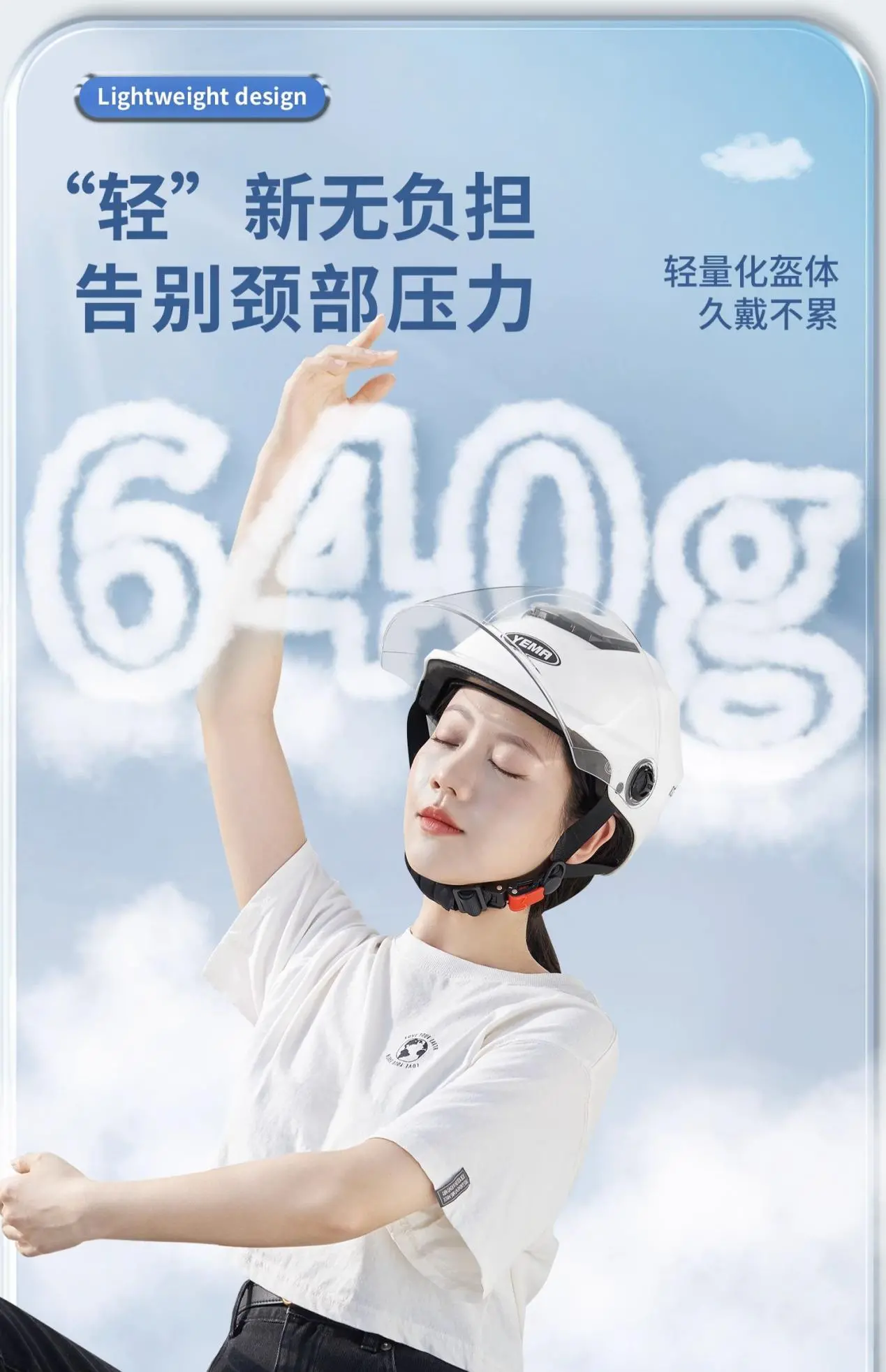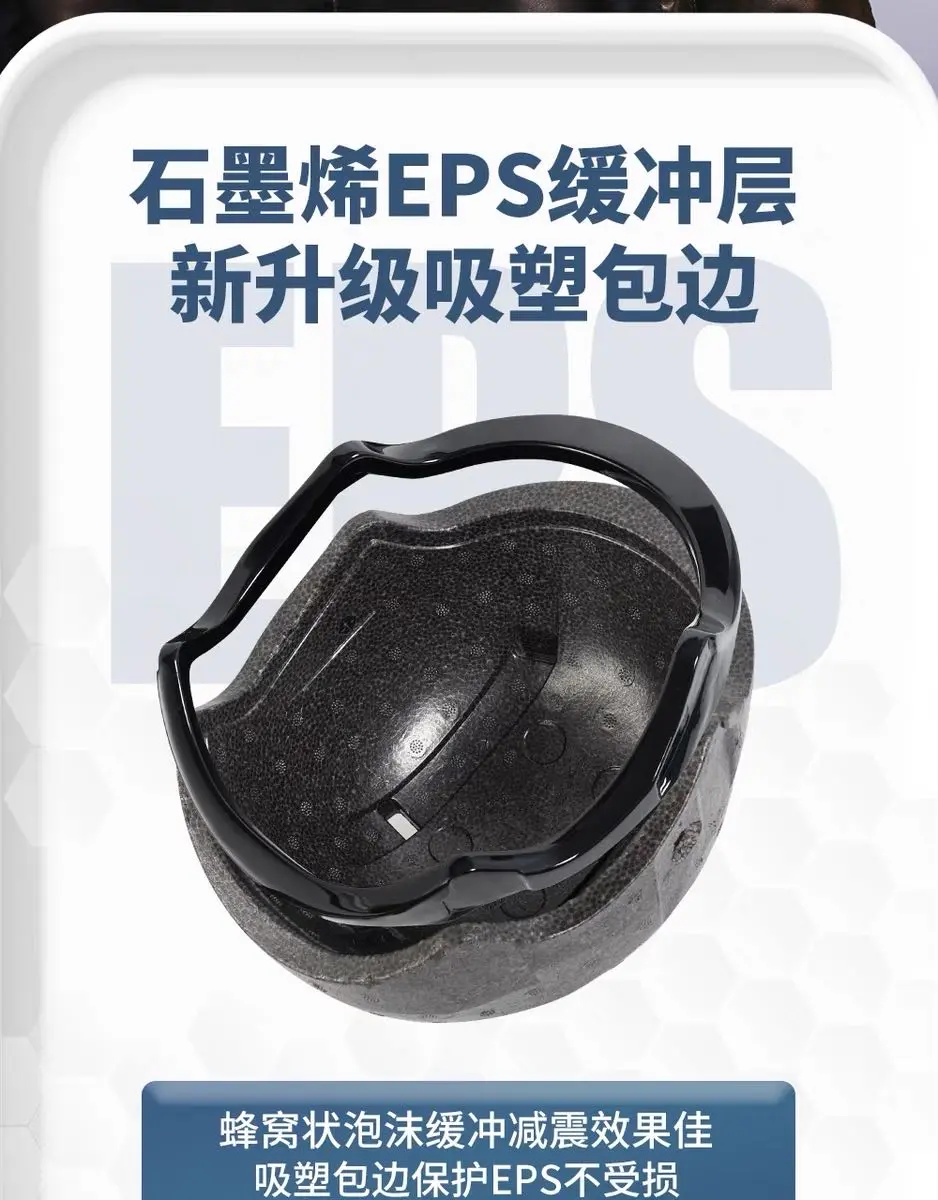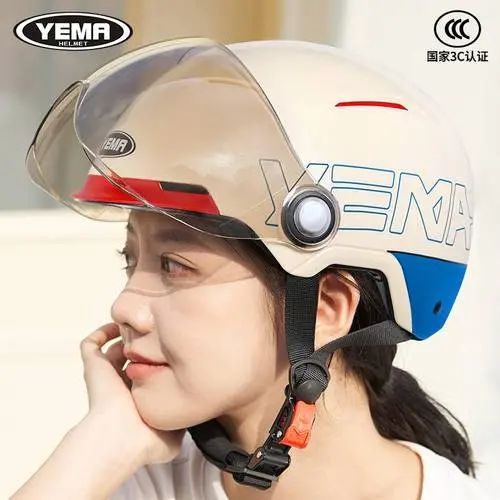The lens of a helmet is the only channel for us to observe the road conditions. Its light transmittance performance and anti-fog function will both affect the riding experience. Therefore, it is extremely important to choose a suitable helmet lens. Below, we will teach you how to choose the lens of a Yema helmet and how to solve the problem of lens fogging.
1. How to Choose the Color of the Lens?
- Transparent Lens
It has the best light transmittance and can be used both during the day and at night. Precisely because of its good light transmittance, when riding in places with strong light, it may instead bring danger due to the dazzling light. - Brown Lens
The brown lens can filter out a large amount of blue light, improving visual contrast and clarity. It has a better wearing effect in situations with severe air pollution or heavy fog. Generally, it can block the reflected light from smooth and shiny surfaces, and wearers can still see fine details clearly. It is an ideal choice for drivers. - Electroplated Lens
It looks cool and is suitable for taking photos. However, in actual riding, whether it is during the day or at night, and regardless of whether the light is sufficient or not, the visibility when wearing an electroplated lens is much worse than that of a transparent lens and a brown lens.
Of course, we can choose a helmet with a dual-lens design. In addition to the lens in front of the helmet, there is another brown lens hidden in the interlayer in front of the helmet, which is close to light brown. When needed, this inner lens can be taken out to reduce the interference of the dazzling sunlight on riding. You can also prepare several extra lenses and replace them at any time according to your needs. It is very convenient to remove and install the lenses for many helmets.
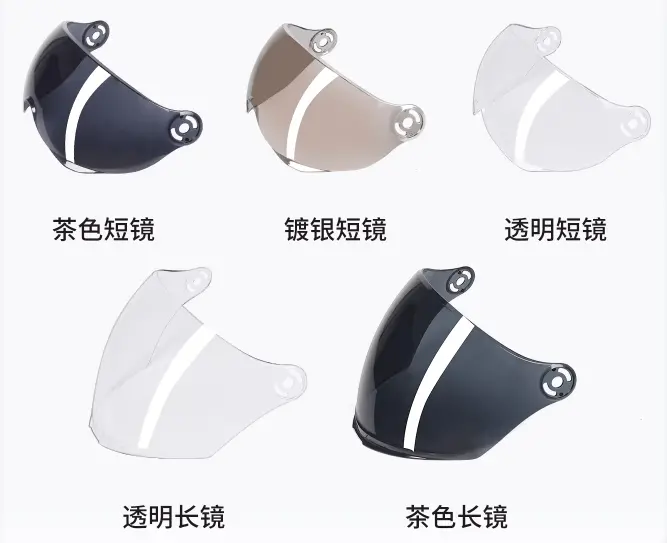
2. Short Lens or Long Lens?
The long lens can effectively prevent dust, sand, and other debris from entering the eyes, and can effectively block the wind and rain from directly hitting the face, thus reducing the invasion of moisture and cold air and improving the comfort and protection during riding. In addition, the long lens can also provide a better field of vision, reduce blind spots, and enhance driving safety.
Compared with the long lens, the short lens is lighter and will not affect the overall weight and comfort of the helmet. In addition, the short lens is more suitable for electric vehicle owners driving on urban roads because the driving speed on urban roads is relatively slow, and excessive protective measures are not required.
3. What Should You Do If the Lens Gets Foggy?
As we all know, after wearing a helmet, the space is relatively enclosed. The water vapor in the exhaled air condenses into tiny water droplets when it meets the cold lens of the helmet, which is the fog on the helmet lens. So, how can we solve the problem of lens fogging?
- Anti-fog Lens
Choose a lens that matches the style of the helmet.
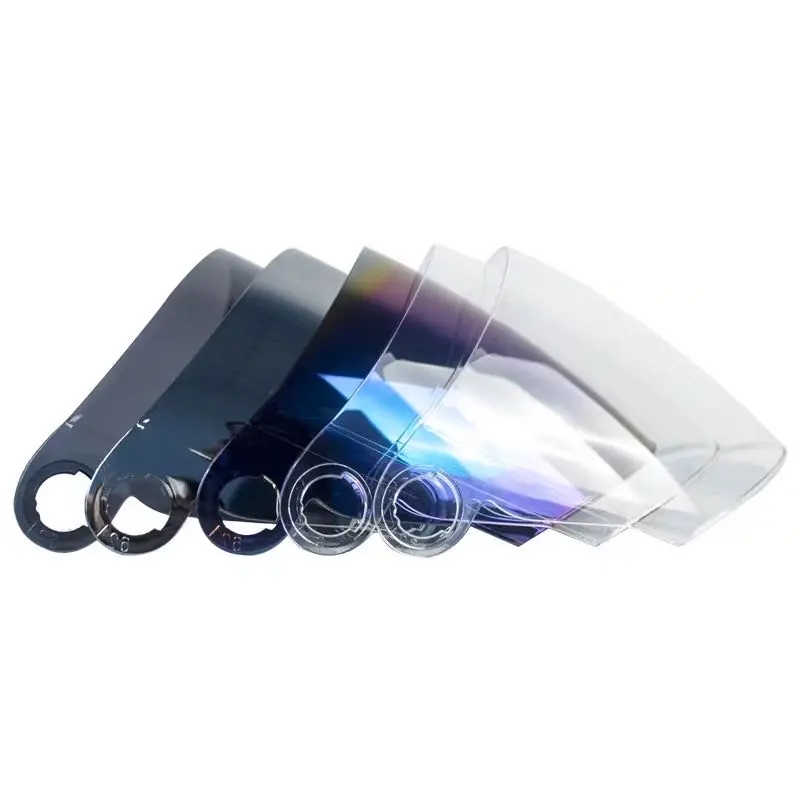
- Anti-fog Sticker
Sticking an anti-fog sticker on the inner side of the helmet lens can prevent fogging in the area of the sticker. It is simple to install and suitable for various helmets.
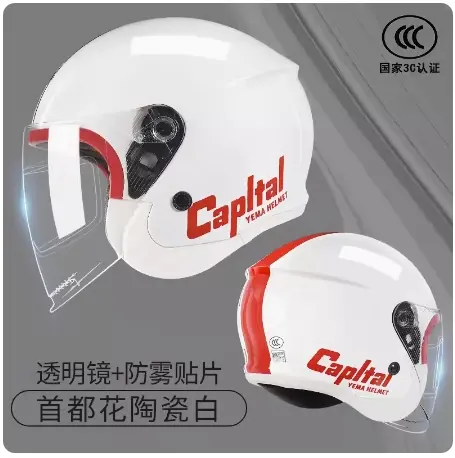
- Anti-fog Agent
First, clean and dry the helmet lens, then spray the anti-fog agent on it, and then wipe it dry with a soft cloth (similar to an eyeglass cloth, which will be included when you buy the anti-fog agent). Drying it with a hair dryer will have a better effect. After spraying, an anti-fog film will form on the helmet lens. Generally, one spraying can effectively prevent fogging for several days to one or two weeks. If you don’t wipe it during use, the anti-fog effect will last longer. - Anti-fog Wipes
They are generally used for anti-fogging of car glass, but they can also be used for anti-fogging of helmet lenses. As long as you wipe the inner side of the helmet lens with such a wipe, it can achieve an anti-fog effect, which is suitable for emergency use. - Dishwashing Liquid and Soap
The usage method is similar to that of the anti-fog agent:
First, clean the helmet lens, then vigorously apply the soap to the inner side of the lens. After covering it completely, use a clean paper towel to wipe off the excess soap, and then use another clean paper towel to gently wipe back and forth to make the lens bright and transparent.
If you use dishwashing liquid, after covering it completely, rinse it with water, and then dry it. Don’t wipe it, as the effect will be poor if you do.

